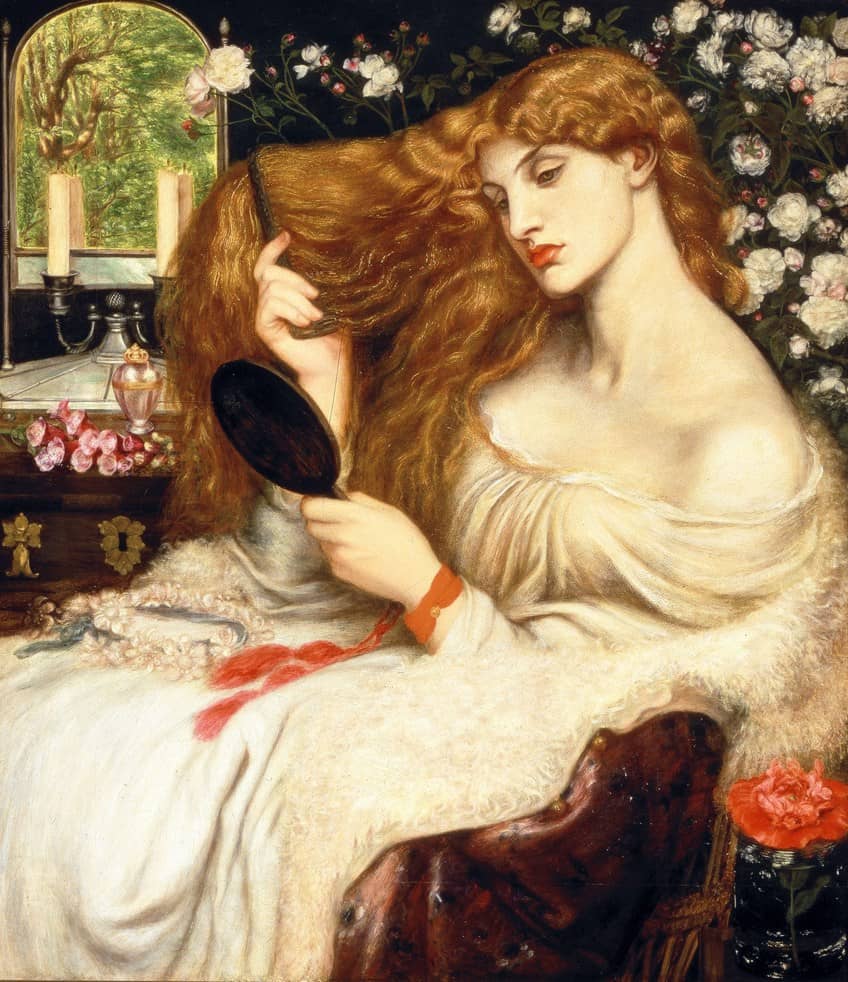Let's consider a complex and sensitive topic. It involves Aestheticism, themes of evil, societal perceptions of homosexuality, and the character of Hannibal Lecter.
Aestheticism and Morality
Aestheticism valued beauty above all else. This philosophy, popular in the late 19th century, questioned traditional morality. Educators should emphasize the historical context. It arose as a reaction against Victorian societal norms.
A common misconception is that Aestheticism inherently promotes evil. It's crucial to explain that it focused on art and experience. Not necessarily on immoral behavior. Discuss Oscar Wilde. He is a central figure in this movement.
Engage students by analyzing Wilde's works. "The Picture of Dorian Gray" explores the consequences of prioritizing beauty. Use it as a springboard for discussions. Address themes of morality, corruption, and the pursuit of pleasure.
Evil and the Aesthetic
The idea of finding beauty in evil is provocative. Hannibal Lecter is a fascinating example. He is an intelligent, cultured cannibal. His refined tastes clash with his horrifying actions.
It's vital to handle this topic with sensitivity. Avoid glorifying violence or minimizing its impact. Instead, explore the psychological aspects. Delve into the motivations behind Lecter's actions.
Students can analyze film clips. Examine Lecter's dialogue and mannerisms. Discuss how these contribute to his complex character. Encourage critical thinking about the nature of evil.
Homosexuality in the Context
Understanding the historical context of homosexuality is essential. During the late 19th century, it was heavily stigmatized. Oscar Wilde's trial exemplifies the societal prejudice. He was convicted of "gross indecency." This was due to his homosexual relationships.
Be mindful of using respectful and inclusive language. Explain the evolution of societal attitudes. Emphasize the importance of LGBTQ+ rights and acceptance.
Introduce primary source materials. Excerpts from Wilde's writings or contemporary articles. This will provide students with a deeper understanding. Understanding of the historical climate. It allows for a more nuanced perspective.
If Oscar Wilde Ate People
The question "If Oscar Wilde ate people…" is a thought experiment. It forces us to confront the complexities of morality. It also forces us to confront aesthetics and human nature.
This hypothetical scenario challenges our assumptions. It would drastically alter our perception. It is not to be taken literally, but rather used to explore underlying themes. It allows exploration of beauty and depravity.
Facilitate a classroom debate. Ask students to consider how Wilde's wit and charm might coexist. Coexist with cannibalistic tendencies. Encourage them to examine the interplay of external appearance. Then the internal moral compass.
Addressing Common Misconceptions
A common misconception is that Aestheticism equals hedonism. Emphasize the artistic and philosophical aspects. It is not simply about seeking pleasure.
Another misconception is that portraying evil equates to endorsing it. Make it clear that analyzing fictional characters like Hannibal Lecter. It does not mean condoning their actions. It's about understanding human psychology.
Address the misconception that homosexuality is inherently linked to immorality. Underscore that sexual orientation is not a reflection of character. Promote inclusivity and respect for all individuals.
Engaging Activities for Students
Use visual aids. Show portraits of Oscar Wilde and images related to Aestheticism. This will help students visualize the historical context. Students need context.
Assign creative writing prompts. Ask students to write a short story. The short story is told from the perspective of a character. A character that embodies Aesthetic principles. Explore the consequences of their choices.
Organize a mock trial. Students can debate the morality of Dorian Gray's actions. Or even Hannibal Lecter's motivations. This encourages critical thinking and persuasive communication.
Analyze art pieces. Find examples of Aesthetic art or related to it. This helps students connect abstract concepts. It connects them to tangible objects.
Ethical Considerations
This topic can be sensitive and potentially triggering. Provide trigger warnings before discussing graphic content. Create a safe and respectful classroom environment.
Be prepared to address student concerns and questions. Offer support to students who may be struggling. Offer resources for mental health and well-being.
Consult with school counselors. Consult with mental health professionals. This can provide guidance on how to approach the topic. It will also support students in a responsible manner.
Remember to tailor your approach to your students' age and maturity level. Adjust the complexity of the material accordingly. Always prioritize their well-being and understanding. Be sensitive and compassionate.
Encourage open and honest dialogue. Promote critical thinking. Foster a classroom culture of respect and empathy. Encourage thoughtful discussions. This will allow exploration of complex topics. All in a safe and productive environment.
